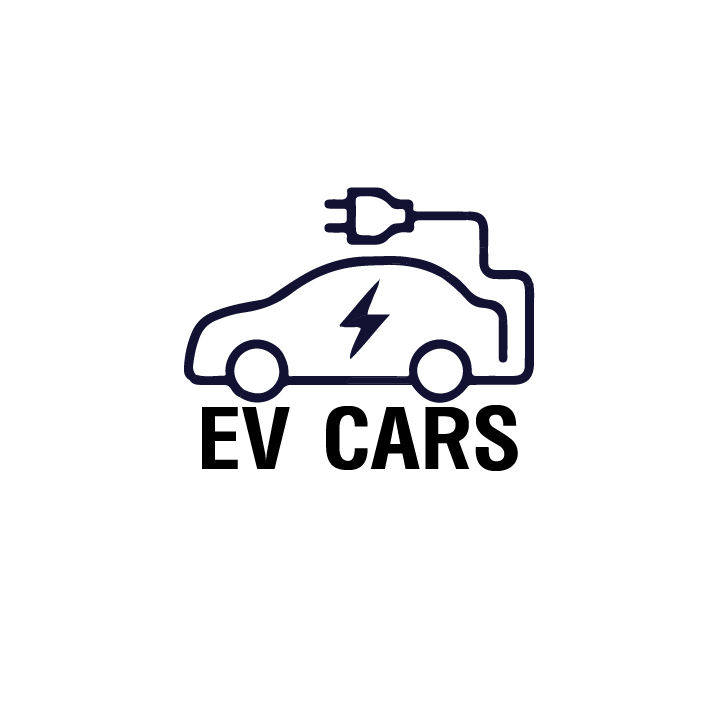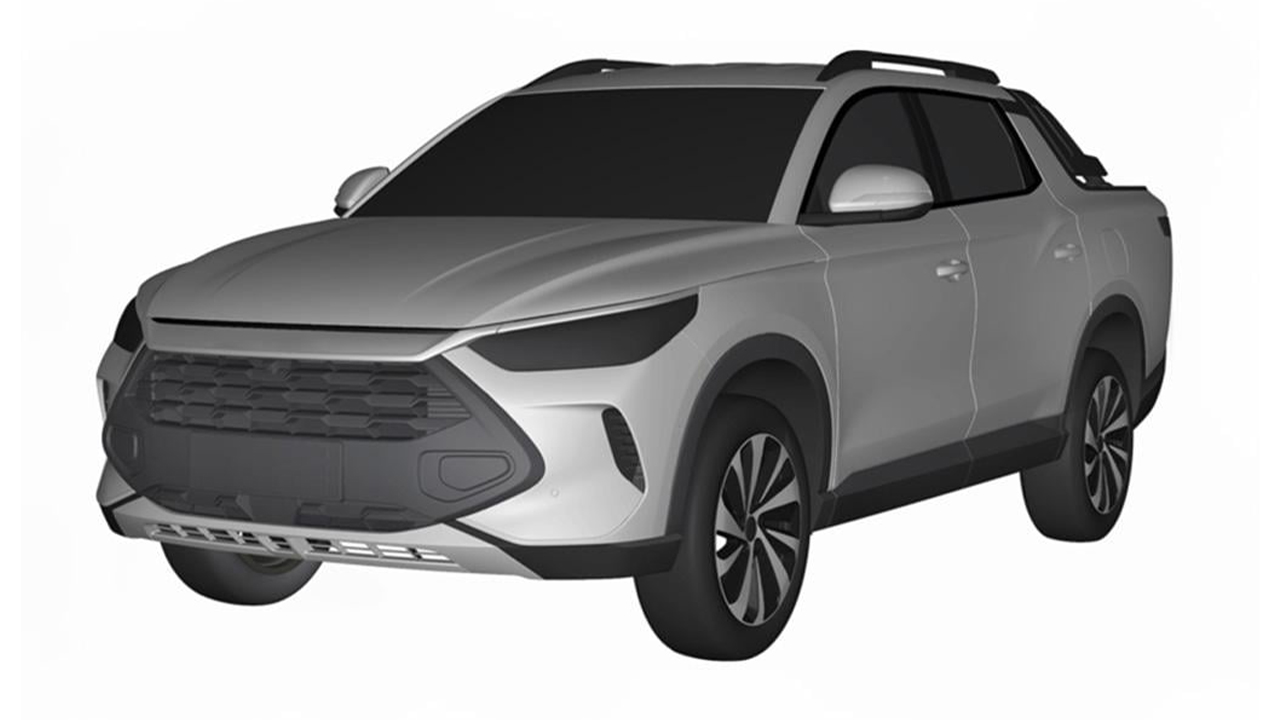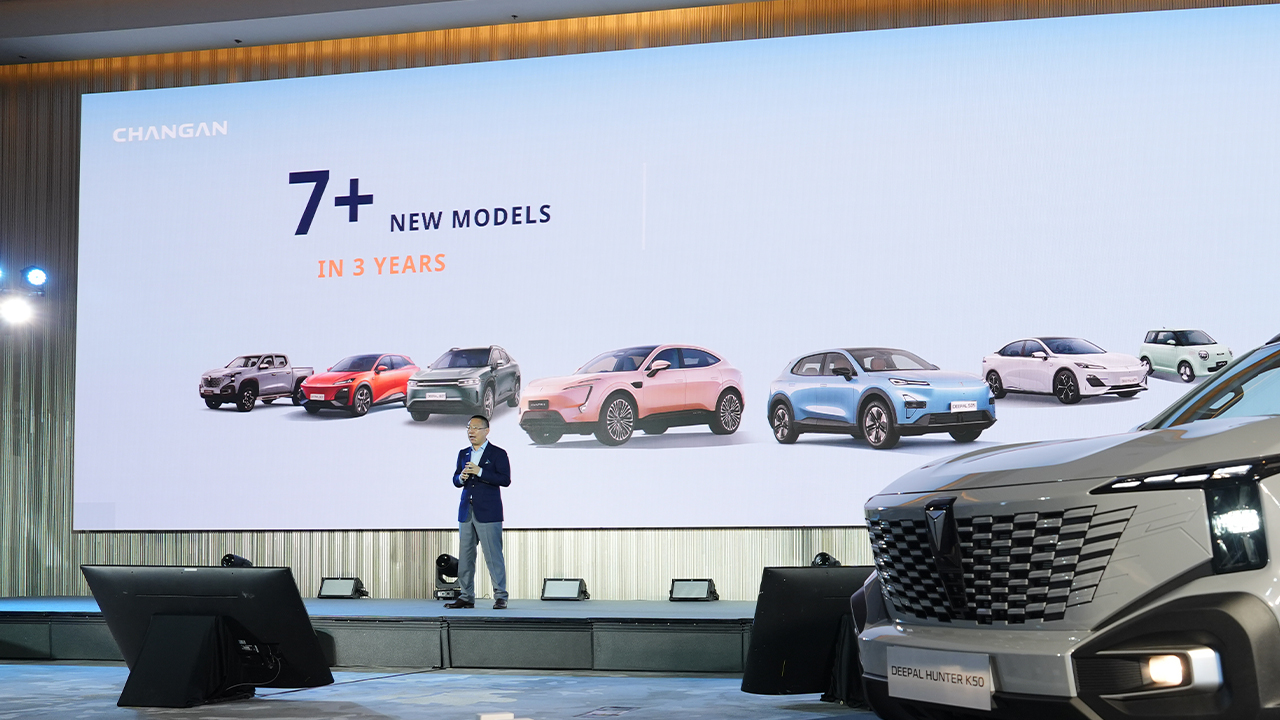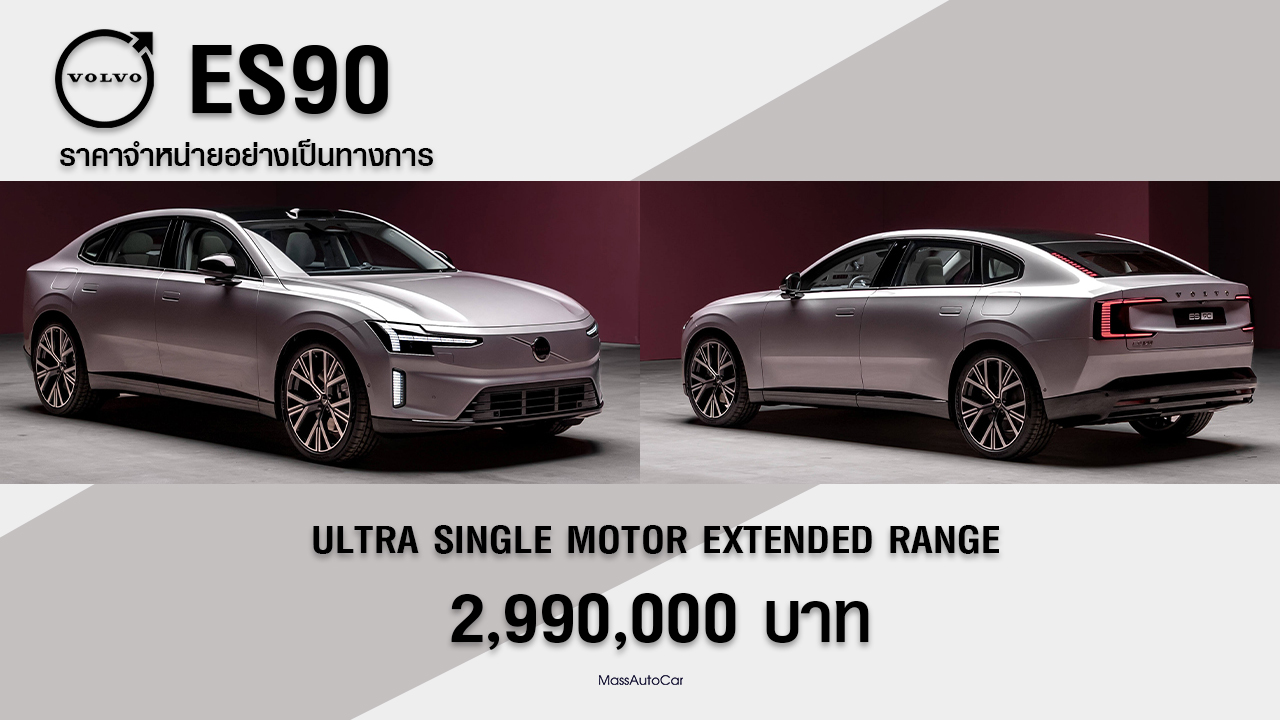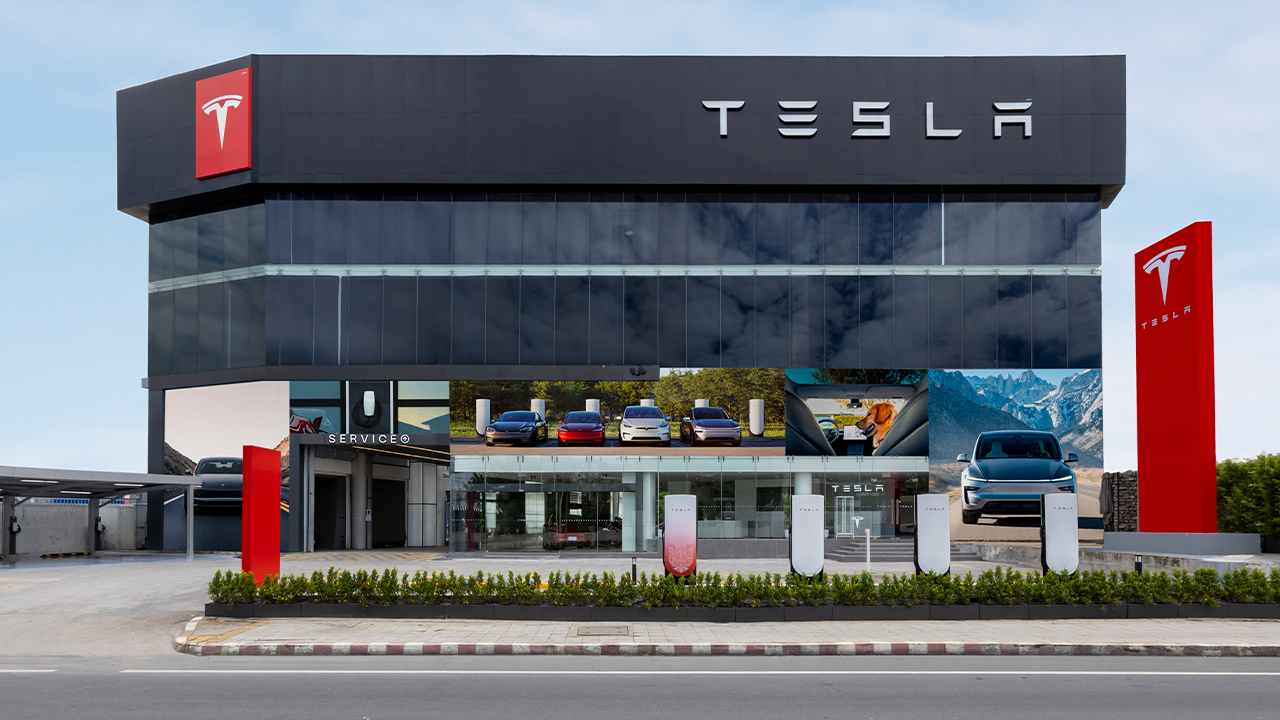
The European Union is in the process of approving amendments to regulations concerning carbon dioxide (CO2) emissions for automobile manufacturers. Late last week, the European Parliament passed a resolution allowing manufacturers to meet CO2 emission reduction targets by averaging their emissions over the years 2025, 2026, and 2027. Additionally, manufacturers may still combine their emissions data with those of other manufacturers, following existing practices. Furthermore, Ursula von der Leyen, President of the European Commission, announced that automobile manufacturers will receive a two-year extension to comply with the new, stricter CO2 regulations scheduled to take effect in 2025, provided they outperform the standards over the next two years.
Automobile manufacturers have continuously lobbied the European Union to ease emission targets, arguing that they could face fines of up to €16 billion (approximately 590 billion baht), which they claim would be a financial burden they cannot bear—especially in the face of intense competition from electric vehicle manufacturers in China and the United States. Under current regulations, companies whose average CO2 emissions from vehicles sold exceed the EU's specified limits are required to pay fines of up to €95 (approximately 3,500 baht) per gram of excess CO2 for each vehicle sold.
The regulatory amendment was approved by the European Parliament with 458 votes in favor, 101 against, and 14 abstentions. Following the approval by both the European Parliament and the European Commission, the draft regulation is now awaiting formal approval by the Council of the European Union.
Last year, the European Union approved the Euro 7 regulation, scheduled to come into effect in 2030. This regulation includes new measures such as limits on brake particulate emissions, minimum performance requirements for battery durability in electric and hybrid vehicles, and restrictions on tire wear.However, instead of reducing nitrogen oxide (NOx) emissions by 35% and tailpipe particulates by 13% compared to the Euro 6 standard as initially proposed, the EU decided to maintain the existing limits for passenger cars and vans.
This decision followed intense opposition from several automobile manufacturers, who argued that stricter regulations would divert time and resources needed to achieve the EU's goal of ending the sale of new internal combustion engine vehicles by 2035.



